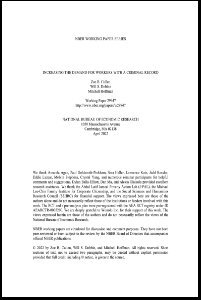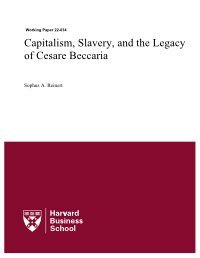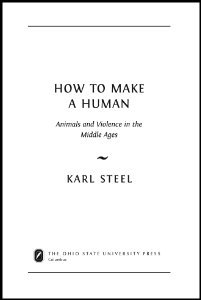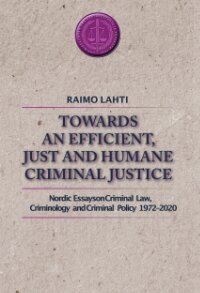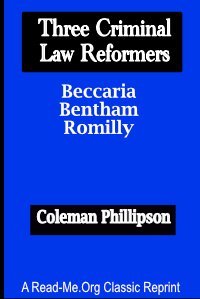By Ted Enamorado, Luis-Felipe López-Calva, Carlos Rodríguez-Castelán, and Hernán Winkler
The relationship between income inequality and crime has attracted the interest of many researchers, but little convincing evidence exists on the causal effect of inequality on crime in developing countries. This paper estimates this effect in a unique context: Mexico's Drug War. The analysis takes advantage of a unique data set containing inequality and crime statistics for more than 2,000 Mexican municipalities covering a period of 20 years. Using an instrumental variable for inequality that tackles problems of reverse causality and omitted variable bias, this paper finds that an increment of one point in the Gini coefficient translates into an increase of more than 10 drug-related homicides per 100,000 inhabitants between 2006 and 2010. There are no significant effects before 2005. The fact that the effect was found during Mexico's Drug War and not before is likely because the cost of crime decreased with the proliferation of gangs (facilitating access to knowledge and logistics, lowering the marginal cost of criminal behavior), which, combined with rising inequality, increased the expected net benefit from criminal acts after 2005.
Washington, DC: The World Bank, 2014. 31p.















